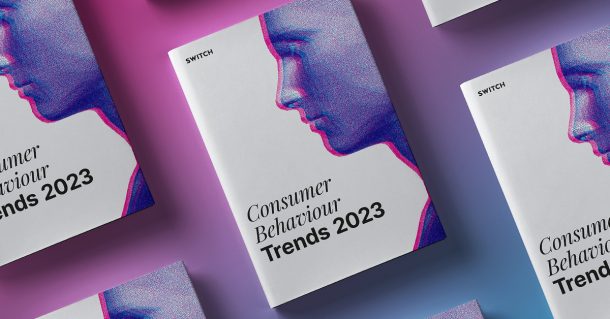Get your PDF copy of Consumer Behaviour Trends 2023
Fair warning, this is a relatively long read. If you don’t have the time to take it all in now, you can download the PDF version of Consumer Behaviour Trends 2023 for free by clicking below. Otherwise, just keep reading!
If you’re interested in other marketing trends, open our Marketing Trends 2023: The Year of Endurance article in another tab before you continue reading.
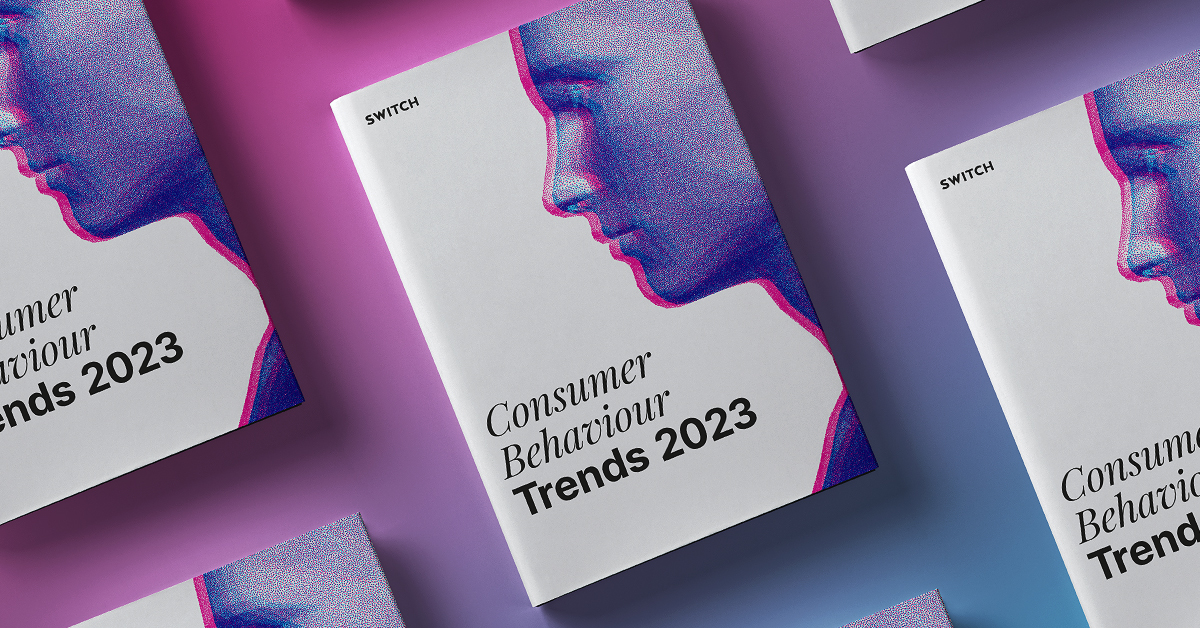
Intro to Consumer Trends 2023
Every trend we talk about happens because of people.
We’ve said this before, but it always bears repeating: you can’t have trends without people. When we write about what’s happening in the world on social media, in advertising, in branding, in web design, we’re talking about the way that people have adapted to the year they’ve just been through and how that’s going to change. We’re talking about the way those people look for the future.
We’re talking about the same people you know. The people you cater to as a business.
The people you communicate to and with in order to build an audience for your brand.
On the whole, seismic shifts in human trends and behaviour don’t happen often. It takes a worldwide event to really push the way that humans interact with themselves, and therefore with the companies that communicate to them.
2020 had the pandemic.
2021 was learning to live in the aftermath.
2022 gave new challenges for consumers to contend with.
For 2023, consumers have drawn a line in the sand.
Brands will have to stick to it if they want to maintain their popularity.

A Global Snapshot
Adapting to unfamiliar environments is something that we, as humans, do very well.
And 2022 has given us several opportunities to test the limitations of that adaptation.
Between the rising cost of living crisis, the war in Ukraine, and the riots that are taking place in several countries around the world, we’re living in times that are hard for everyone – and in times where communities band together around a shared cause or experience. The global nature of communication means that we know what’s happening on the other side of the globe more intimately than we know what’s happening in our own homes, and that has led to a world that’s split into extremes: for or against, good or bad, right or wrong.
Brands will be on one side or the other.
And it won’t be the products or services they provide that will determine what side they will be on, but the way they act.
What’s here to stay?
Every trend we spoke about in 2022 has its place in 2023.
People still want eco-friendly products. People want brands that tailor content to their liking. People want control: over their images, their data, their products, their ways of living.
Here’s last year’s trends.

1. Master of my Own Fate
Consumers have little control outside of their own lives, and that’s become readily apparent through 2022. From the massive uptick in streaming and pay-to-use over pay-to-own services, consumers are feeling the reality of an environment of constant purchasing and microtransactions. As more and more brands hop onto the bandwagon of leasing their products over selling them ready to use, this trend is going to gain traction as a defining component of the brands they choose to support.

2. Money on my mind
You don’t need us to tell you that people are worried about money – and that this trend from last year has taken on new life for 2023.
Wages have stagnated for years as product prices skyrocketed. 2022’s biggest worries came on the heels of a slowdown period brought around by the pandemic: businesses were in recovery, and profits low. Now that we’ve moved into the later half of the year, that no longer applies – but there are other concerns that have developed to give this trend new nuance in 2023.

3. Accessible eco-conscious
Consumers want to help their planet.
They also need to be able to afford to.
A lot has come around in 2022 about how the sacrifices they made to save the planet might have been overstated. Greenwashing accusations about some of the most eco-friendly brands have shaken the foundation of green support.
However, environmental concern endures.
And consumers will still opt for products that fit their values over products that fit their price-point – but only just. And only to a point.
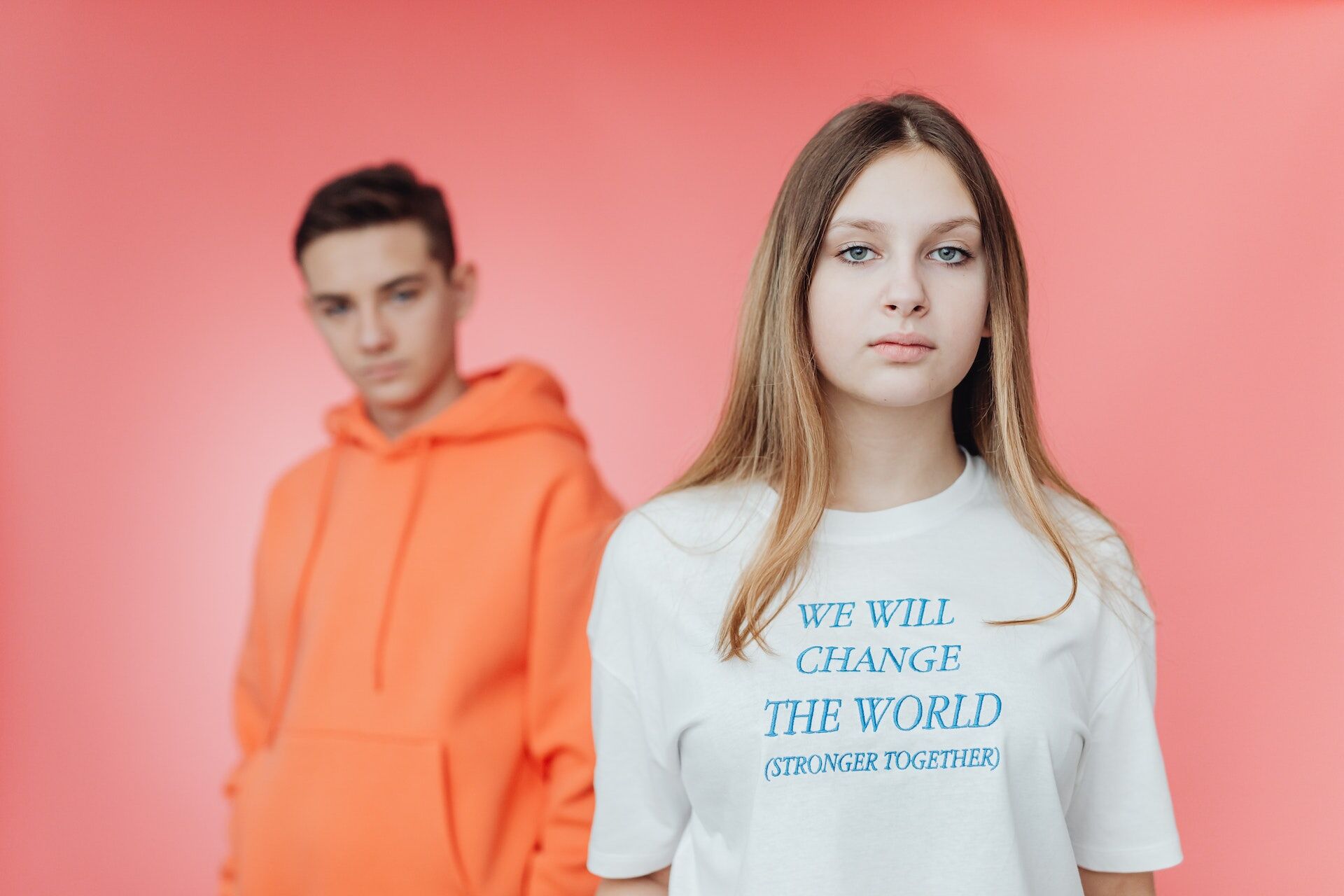
What changed in 2022?
Nothing much changed in 2022 that wasn’t already there before. Consumer behaviour and trends work slightly differently to other trends – but there has been a change.
And that change is in trust.
Consumers are trusting by nature. Over years, that trust has been eked away by black-box brands, accusations about unfair practices and poor products, and several global events that have pushed consumers into a corner. 2022 saw the sudden onset of a war no-one expected, the death of a long-reigning monarch, and the astronomical rising prices of daily goods. There’s more to come before it gets better.
And consumers are bearing the brunt of it. There’s no surprise that their level of trust has been steadily decreasing for years, and that this has pushed it to a new low point – making them far more careful about their choices.
Trends 2023

All Hands on Deck
Trend 1: Community-based strategy
One of the most interesting things that has come to light in 2022 is this: there is a tendency for consumers to band together.
All they need is a cause.
From memeing about Elon Musk’s failed Twitter takeover to sharing and resharing breaking news from around the world the second it drops, there’s been a significant uptick in the idea of community. This isn’t specifically a new trend for 2022: we’ve been seeing the rise in social-media-based communities since 2016 at the least – but it’s become very obvious that, at least online, when a conversation has taken centre stage, everyone chimes in.
The most recent example at the time of writing is the Queen’s death.
But there’s more, smaller, less-noticeable events: the Twitter takeover, the ongoing Starbucks debates on unions, what’s happening in Iran, what’s happening in Russia. Whatever happens elsewhere, people come online to talk about it.
It’s something brands need to learn to leverage. The idea of an individual hasn’t gone anywhere – but it’s become more obvious that the individual exists as a bigger conversation, and that they’re not only engaged in those conversations, but actively seeking out ways to bring them to the forefront.
Brands that leverage the global community have to do so carefully, however. We said earlier that a big part of consumer behaviour in 2023 is driven by declining trust. We also said in marketing trends 2023 that brands have to move away from engaging in good behaviour publically, but not internally. Brands will be expected to walk the walk if they talk the talk.
We can also add this: brands that decide to go for global conversations have to back it up with global values, with an approach that doesn’t benefit just one person, but everyone in a community.
Consumers band together. 2023 will show us just how much.
Brands need to be alongside them.

Statistics:
- 76% of internet users engage in online communities.
- 88% of community professionals see the online community as fundamental to its mission.
- 81% of consumers increased their use of online communities during COVID-19.
How do I use this trend?
Diversify, diversify, diversify.
For years, the general idea behind marketing has always been to appeal to the individual, to the niche, to a singularity. That idea still holds water – but it’s getting harder, and harder, for brands to appeal to those individuals without the help of a community.
Creating your own community is hard. If you have a niche product, you might manage it more easily than some other companies, but you need to invest a significant amount of time into actually building your community – and that might be difficult to outsource, and even more difficult to maintain.
There’s an alternative.
Reach out to communities that already exist. There are fans for every conceivable product on the planet, and some that don’t exist, and they find each other far easier than you’re going to. Those communities won’t necessarily be just about your product, but that’s fine: that competition will exist even outside of your normal marketing, and it shouldn’t stop you from building a connection with that community.
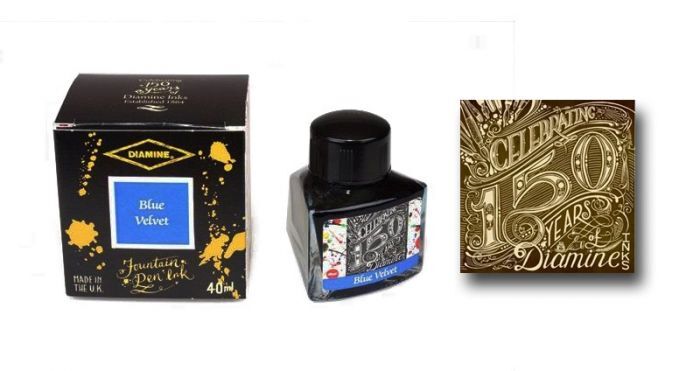
Case study
Diamine Ink releases limited edition ink collections often, though usually, those collections come back a few times a year. One of those collections is dreamed up, from concept to naming, by the fountain pen fanatics at a subreddit called r/fountainpens.
The community goes through the process of brainstorming, narrowing down, and presenting to Diamine options for a new limited edition ink that encompasses the entire community. It’s one of the most popular posts on the subreddit, and an annual event that brings Diamine an unprecedented amount of good publicity, not only because Diamine is somehow managing to communicate on a forum notoriously known for being hostile to any attempts at marketing, but because the fans of r/fountainpens waste no time in praising Diamine and its products to whoever will listen.
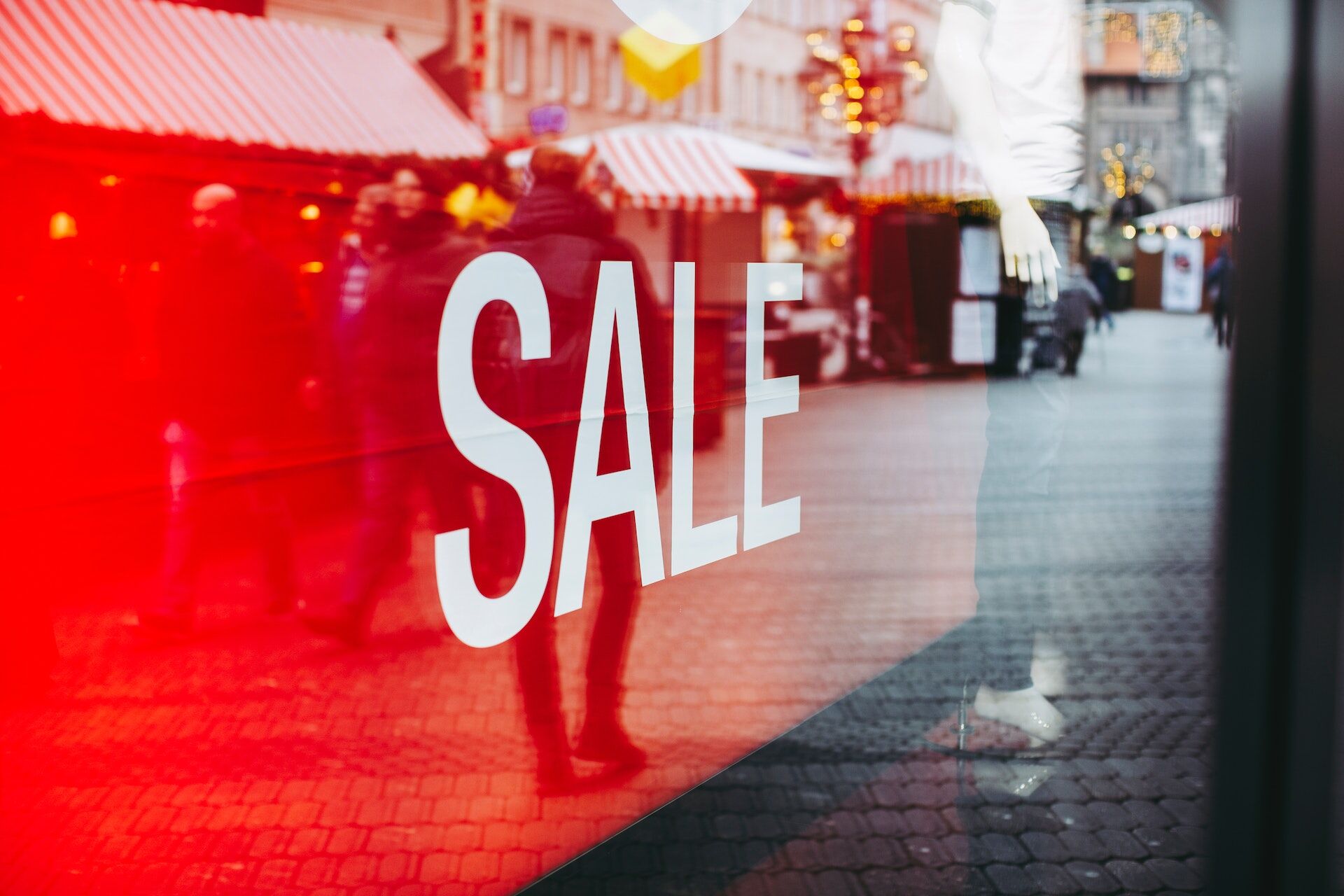
Going Once, Going Twice…
Trend 2: Competitive pricing, affordability, and bargaining power between brands
Money is a growing concern for everyone, not just consumers. Recession. Cost of living crisis. Worsening supply chain issues. Stock shortages compounded by worsening supply chain issues. Economic downturn
From mega-corporations to small brands to the consumer in the street, money is a problem – and it is not a problem that is going to get any easier without some significant changes that are nowhere near appearing.
For the moment.
This is a trend that has been building for the past few years, but 2023 has the opportunity to offer a breakthrough – and not just for brands.

Recession Worries
COVID-19 took a lot out of the global supply chain.
The effects have been significant.
Banks around the world with their fingers on the pulse of where the money’s going have been raising their interest rates, mostly in an attempt to curb inflation: product prices have increased, supplies and materials have increased, and as a result, some central banks believe that by increasing interest rates they can curb demand, and therefore inflation.
With the global supply chain a significant part of what’s pushing that inflation, the predictions that we’re going to see the start of another recession in 2023 are not unfounded.
Larger corporations and well-known brands might be insulated from the majority of the fallout, however smaller brands, emerging economies, and new markets are especially vulnerable – and unlikely to be able to change much of the outcome of what we’re already seeing.
But there is still hope.
Controlling a recession has to come from on high: central banks, fiscal authorities, and economists.
And brands.
Brands are an immensely powerful force in today’s world, and they’re growing stronger. Our Marketing Trends Report for 2023 pinpoints them as one of the most trusted authorities in any country: above government, above local authorities. Smaller businesses are trusted further, but they might not have the power to shift the story by much – unless they partner up.

How can brands deal with a recession?
Partner up, diversify, help other brands. The concerns about the global supply chain issues take precedence over competitiveness, at least temporarily. Brands that collaborate with other businesses in order to diversify and spread their supplies can make sure they futureproof a little of their offering by preparing to pivot at the right moment.
How will consumers deal with a recession?
As individuals, consumers are already in a recession. They’d made adjustments accordingly.
Wages have stagnated, prices have gone up, and for a lot, the barrier to entry for purchasing is getting further and further out of their reach. The result: consumers are buying less, and making sure that the products they buy will last as long as possible so they can avoid repurchasing if possible.

Cost of Living Crisis
You hear a lot about the cost of living crisis.
It’s only going to get worse in the coming months.
The cost of raw materials has increased. The cost of importing products has increased. The cost of those products, as a result, has increased, in some cases putting them out of the reach of the common consumer. Everywhere around the world, consumers have changed how they’re spending their hard-earned money – and what brands they choose to support in the process.
And while the cost of living crisis takes different forms depending on the country you are living in, consumers are reacting in a similar way: constricting their purchases to necessity, and making the brands they choose to use an even greater part of their identity. Consumers aren’t necessarily cutting down on all their luxuries, but price point is a concern for many of them – and especially when compared to what that price will get them.

How can brands deal with a cost of living crisis?
The cost-of-living crisis affects brands through their consumers. With consumers opting to eschew certain brands for better pricing, it can be difficult for brands to maintain the same level of volume as they were used to prior. Most consumers will drop brands that have raised their prices significantly, and to a certain extent, brand values have receded a little behind affordability in terms of consumer importance.
Building a strong connection to the audience is always fundamental. One way of doing that is to create products people can afford, sales events that allow for greater access to your products, and to provide help to the consumers who need extra aid.
How will consumers deal with a cost of living crisis?
Consumerism across the board has been slowing down though it won’t come to a complete halt even with the severity of the cost of living crisis: instead, we’re likely to see the pivot away from certain industries and pre-pandemic luxuries into multi-use products and services that can be enjoyed entirely from home.

Buy Now, Pay Later
There’s one more way consumers have found to have their monetary cake and eat it too.
Buy their products now.
Pay for them later.
Brands such as Klarna made headlines earlier in the year when it was found that buy-now-pay-later led to a significant increase in credit issues with consumers who buy then and struggle to pay back at any point.
That said, buy now pay later isn’t a bad trend by any means, or one that brands should avoid: for a lot of the consumers that are dealing with rising prices, being able to pay by installments is another way of attaining items that don’t necessarily fall under the category of need: new clothes, electronics, hobbies.
Brands that offer buy-now-pay-later services have to be careful that the microtransactions they’re supplying still carry the same value as paying outright. Although consumers will opt for a cheaper price, steep interest rates will turn their favour – not just for the product but for the brand as a whole.
Cheaper prices paid more often is an appealing prospect for consumers today, but as with everything to do with money in 2023, value has to be inherent: a bargain price that feels like a personal win.
Statistics:
- 84% of holiday shoppers are looking to reduce the amount they will spend on their shopping.
- 53% of European shoppers cite rising prices as their number one concern.
- A third of consumers are switching to cheaper brands and reducing what they buy.
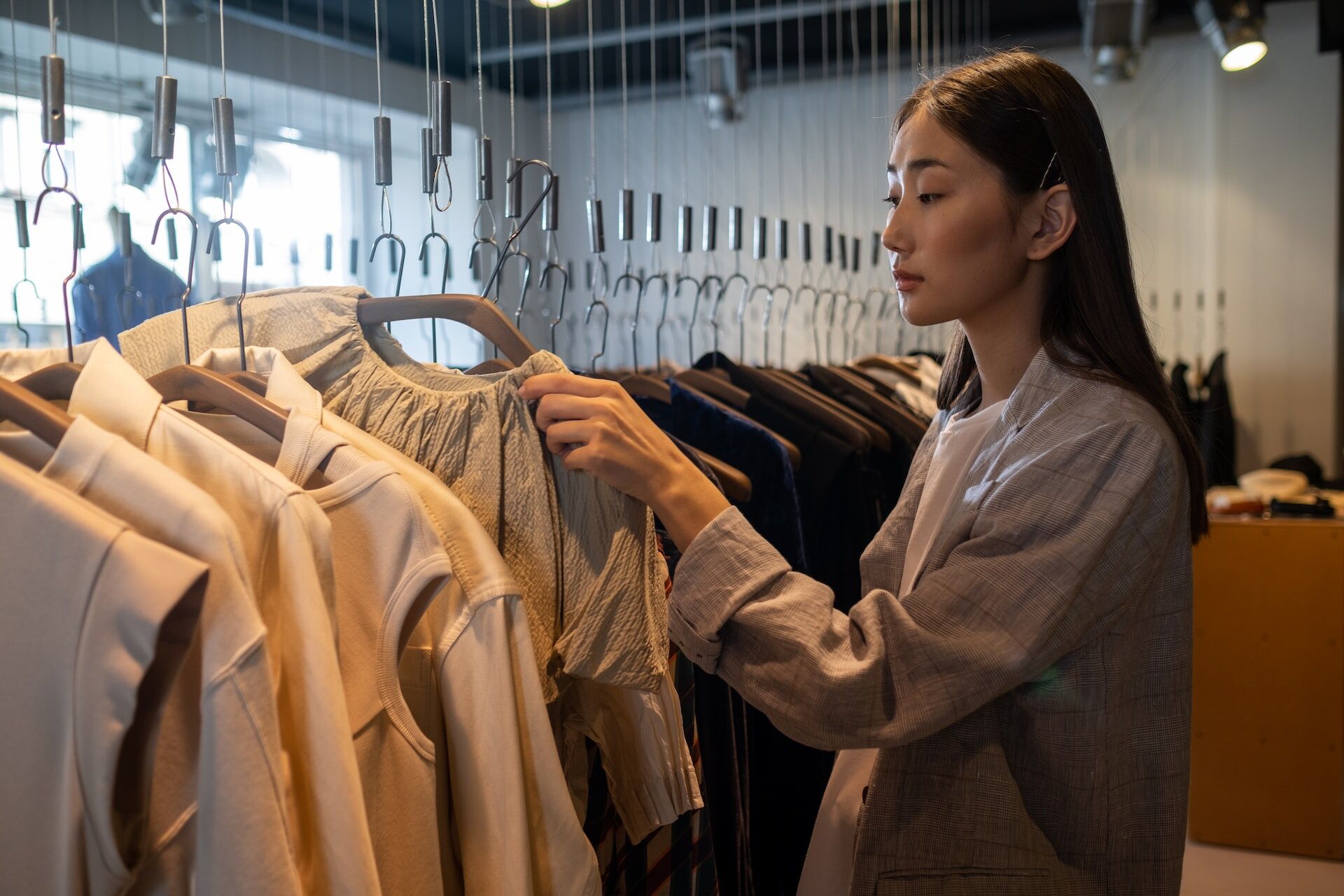
How do I use this trend?
This trend can look hard to use if your brand isn’t built for it.
It’s not true. It just needs a little finessing in the way we think about it.
What we can say with absolute certainty is this: your brand has to stand for more than profit. That was true years ago, and it is even more true now. If your brand hasn’t yet built itself up to support its consumers, it needs to.
Put out information that helps. Talk to your audience and see what they need. Build a brand that cares about its community. Consumerism itself has slowed, so profit will slow – but the way to come out onto the other side isn’t raising prices, but helping to make your brand the one that’s purchased above the rest.
And to do that, you need to be a brand that cares.
That said, people aren’t going to stop purchasing from brands that they support – and brands that market themselves as mid-range or as more affordable luxuries are still going to see an increase in their purchasing power. Low-value brands that bring out more premium options are going to be popular – after all, if you can’t get a real luxury, something that is on the more affordable side will still feel like a treat without breaking the budget.
Similarly, brands that go back to their base products and really make sure that they have the value customers pay for will see a significant increase in popularity. Brands that go back and revitalise their base products to last longer or to fit the values of their clients are not new, but their importance will be fundamental when customers start looking to see if the products they purchase are worth the money they’ve spent on them.

Case study
Amazon has recently launched Amazon Access, an online hub that brings together all of Amazon’s price discounts and affordability programmes under one easy to shop section. Amazon Access is available to consumers who receive benefits from one of ten governmental programmes. Not only does it reduce the monthly fee for Prime shopping, it also adds the option to use valid SNAP and EBT cards as payment options, as well as a layaway feature that allows consumers to pay over time.
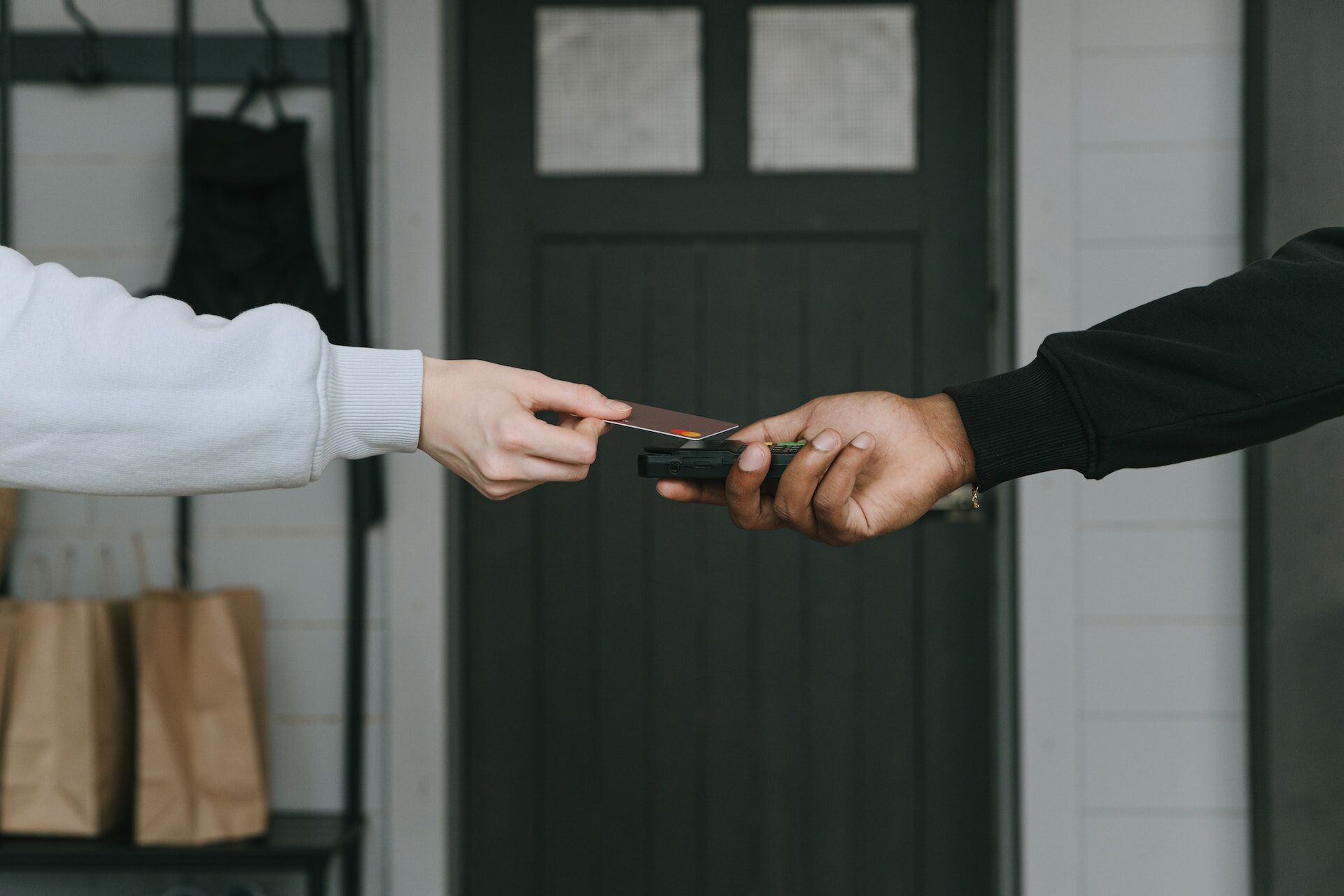
Conclusion
Consumers will always dictate trends.
2023 is no different.
What is different is that the consumers that brands are speaking to have had a long couple of years of constant input: global events, new ways of living, a constantly changing world that is hard to keep up with, and a growing sense of dissatisfaction and the overwhelming realisation that there needs to be a change.
We’re in the wings of a different time. Consumers are making even more stringent demands of the brands that they frequent.
If you haven’t been listening to them before, you have to start listening now.




